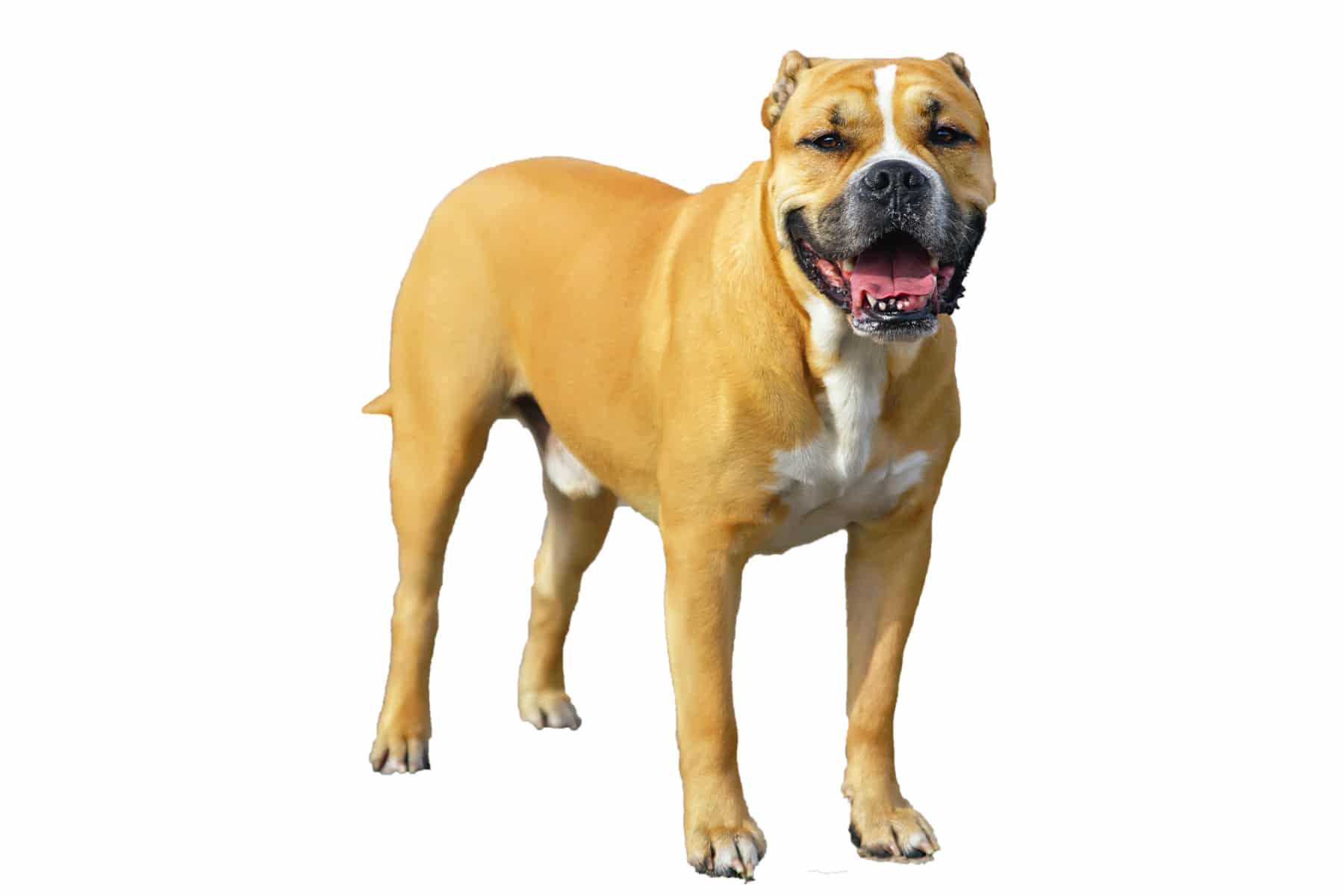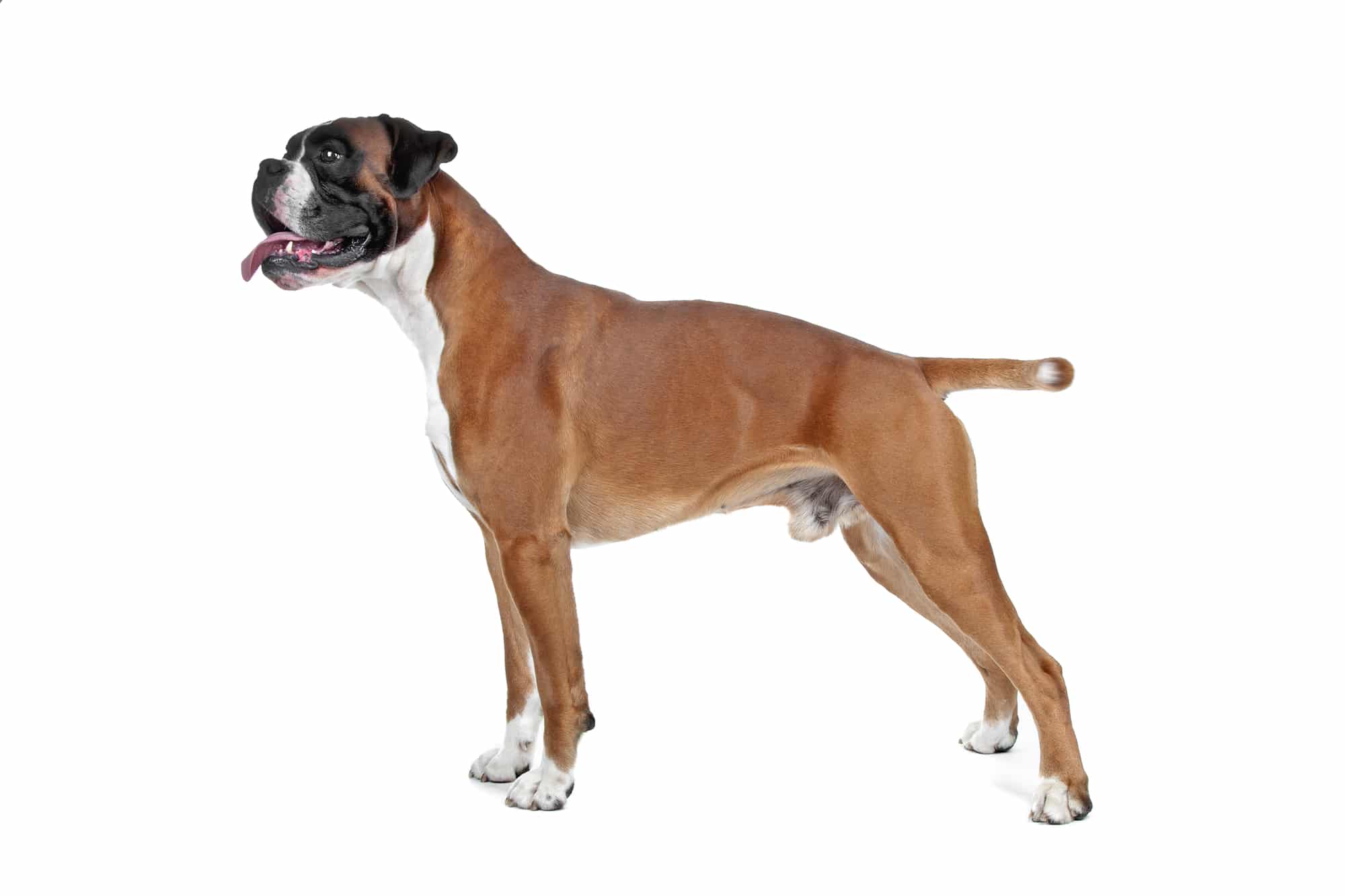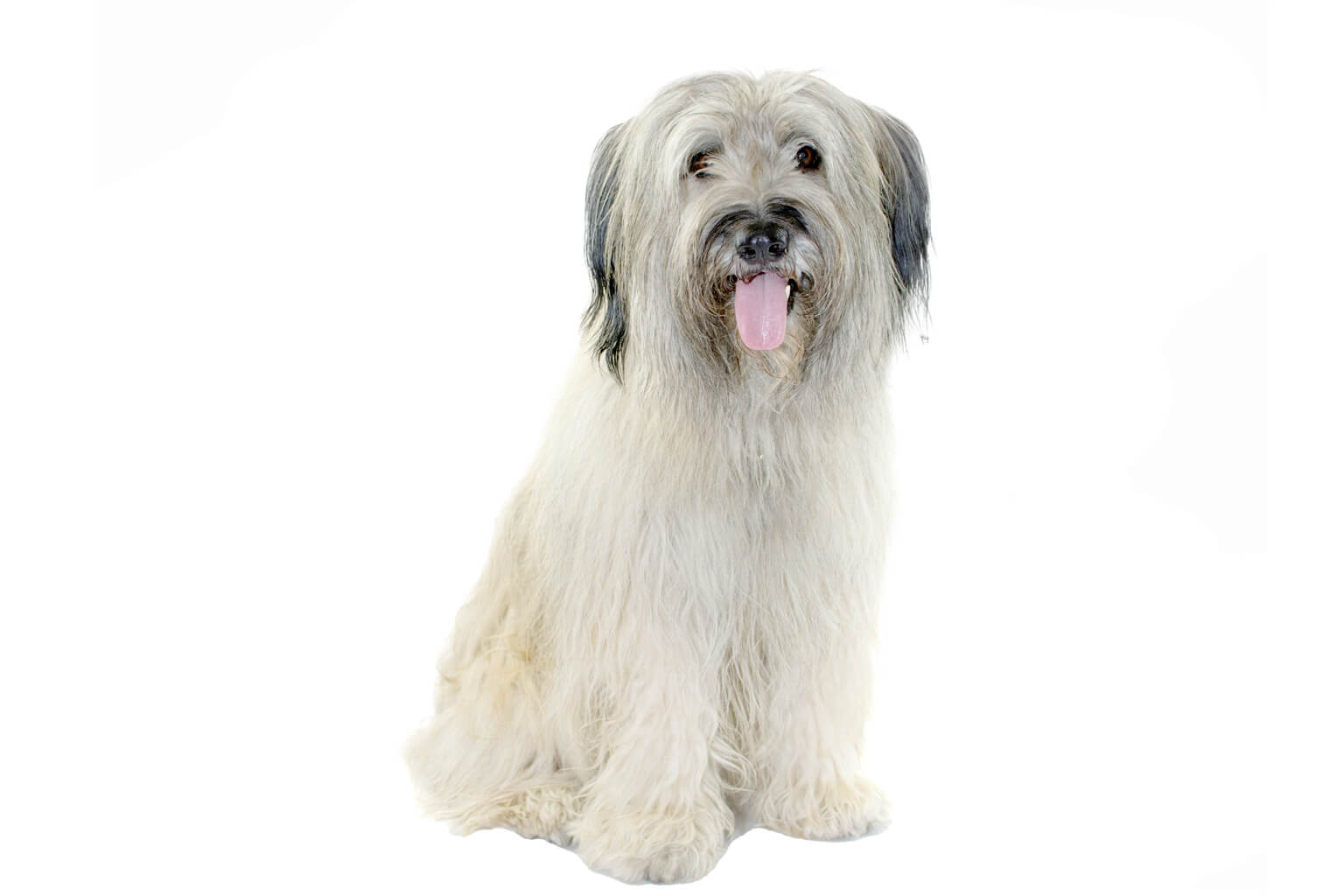Lakeland Terrier
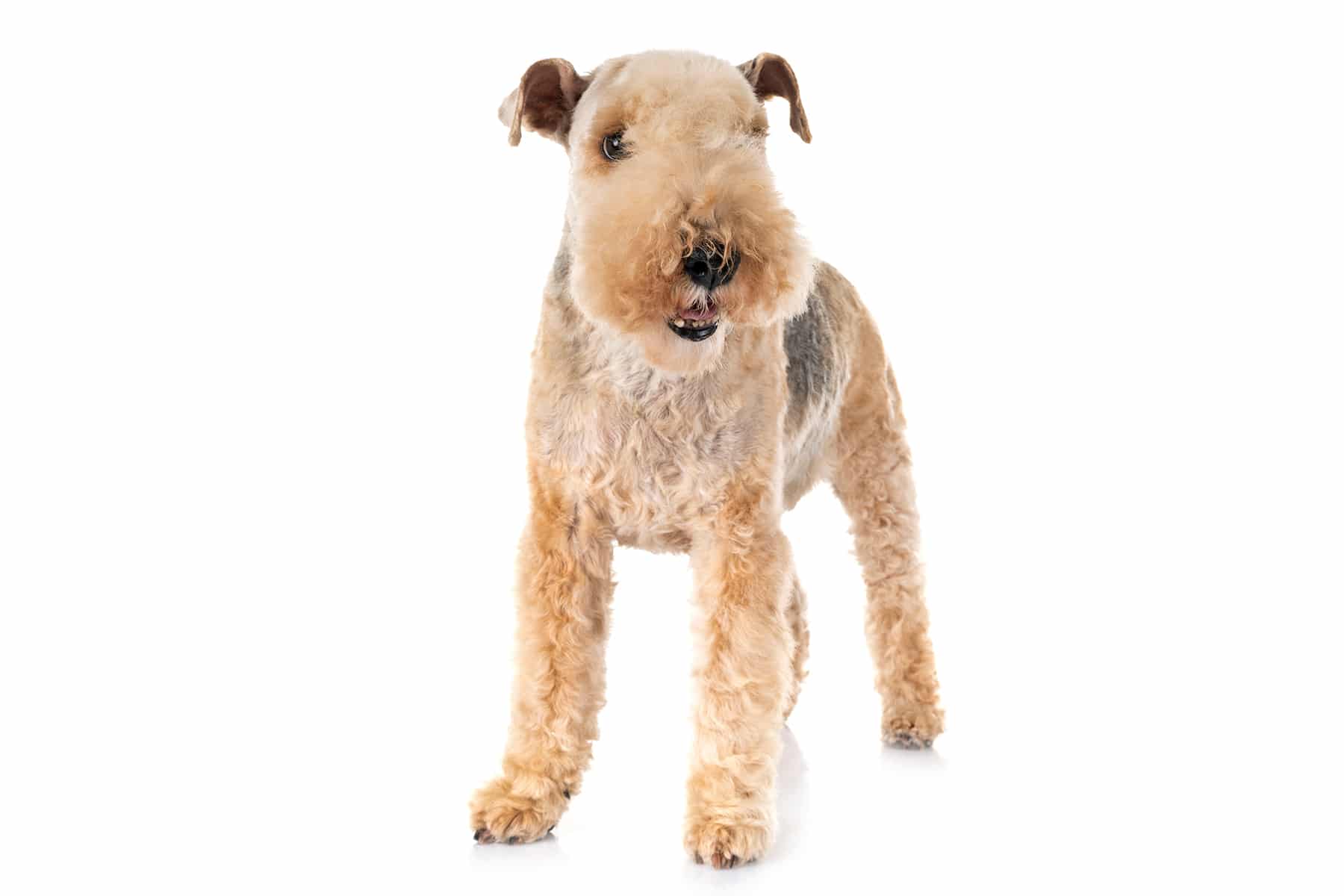
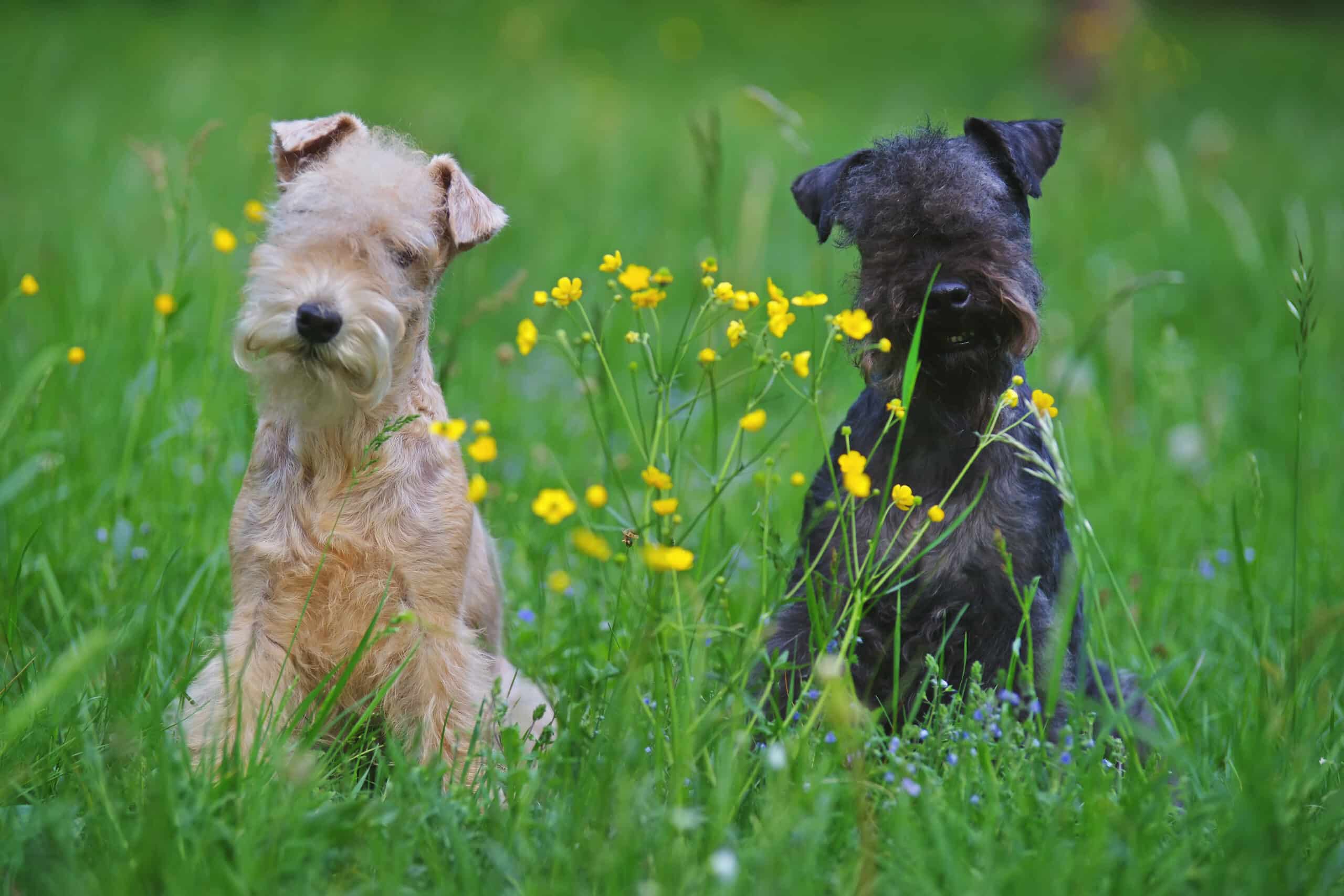
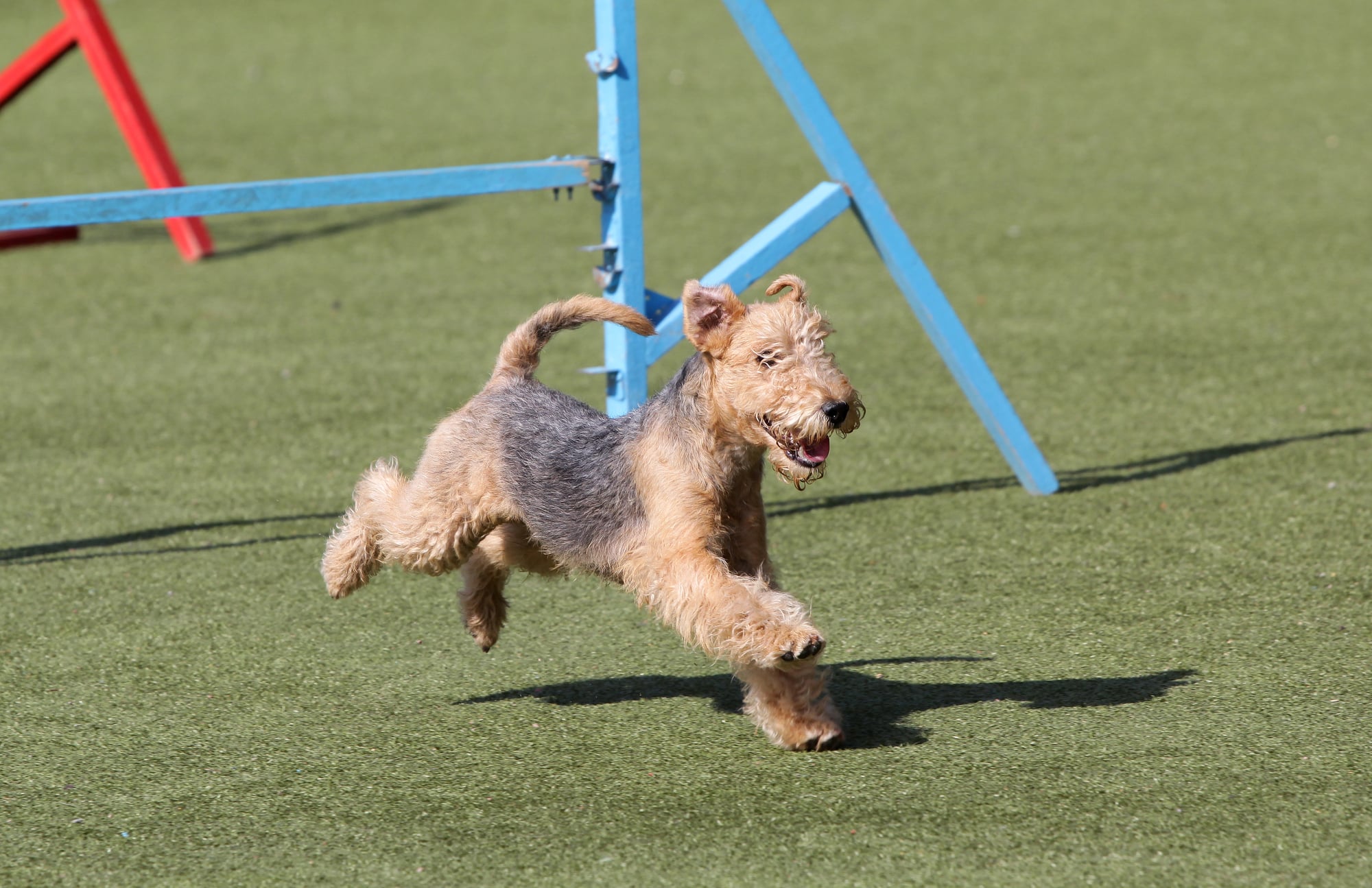
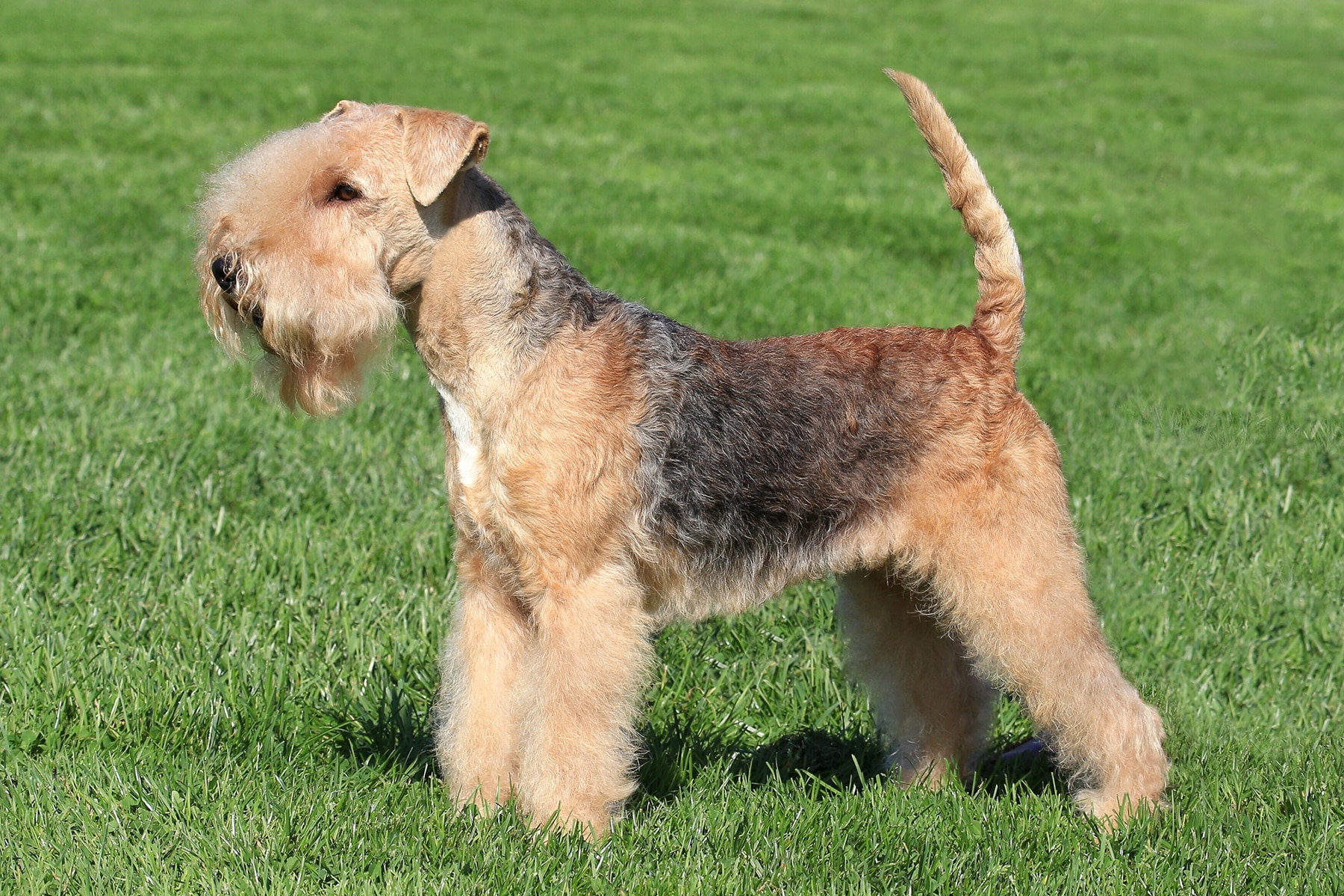
Temperament:
The Lakeland Terrier is one of the most popular British dog breeds. It is recognized by the FCI and belongs to group 3, the high-running terriers. The Lakeland Terrier is an excellent companion and family dog. Its countless positive character traits make this breed very interesting and sought-after. The animals also get along well with children. They are loyal, lively, docile and courageous.
Characteristics
The Lakeland Terrier is one of the smaller dog breeds. On average, these pretty four-legged friends reach a shoulder height of around 33 to 38 cm. The weight of the terrier is similar. This is around 7 kg for an adult animal. Males are generally somewhat larger and correspondingly heavier than females.
The overall appearance of the terrier is compact and harmonious. Despite their size, the dogs appear very courageous and bold. Their limbs are relatively long. This is why they are also known as "high-legged terriers". The dogs also have a long tail, which they always carry upright. This shows self-confidence and courage.
The head of the Lakeland Terrier is elongated and ends in a long beard on the muzzle. This beard is probably the most striking distinguishing feature of the breed. The ears of the dogs are erect and folded forward. The expressive eyes complete the overall picture.
The Lakeland Terrier has a very special coat. It is dense, rough, wiry and weatherproof. It also has a thick undercoat. It protects the four-legged friends from temperature fluctuations. It keeps the dogs warm in winter and protects them from excessive heat in summer.
Different coat color variations are possible. From black, blue, brown, beige and red to black and tan or blue and tan, anything is possible. Some animals also have small white markings. These are usually found in the chest area or on the legs of the animals. Such markings are not desired in the breed standard, but are accepted.
The nature of the Lakeland Terrier is friendly and lovable. The dogs are good and loyal companions. They develop a close and intimate bond with their family. The small terriers are generally open-minded and trusting towards people. When dealing with other dogs, they are courageous and self-confident, sometimes even overbearing.
The pronounced hunting instinct of these four-legged friends makes them vigilant. They keep a close eye on their surroundings and are always on the lookout. This can lead to problems with other small animals in the house. If the dogs are accustomed to other small animals as puppies, they get along well with them.
Like most terriers, the Lakeland Terrier is very temperamental. He has a mind of his own and a will of his own. They are very active and want to be constantly challenged. Daily exercise is therefore an absolute must. Walking alone is not enough. Rather, the dog should be given a task or challenge. This keeps him busy and fills him up.
The Lakeland Terrier is considered to be very intelligent, agile and persistent. They are not easily disturbed. Nevertheless, it does not shy away from danger and threats.
The Lakeland Terrier is also a great playmate for children. They are always up for a bit of fun and are extremely robust. It also shows no aggression and looks after children well. For this reason, it makes an excellent family dog.
Coat care:
Shedding:
Energy level:
Trainability:
Children suitable:
The right food
When choosing food, make sure that it contains high-quality ingredients, is balanced and meets your dog's requirements. Age, size or weight, activity and health status play an important role. You should follow the manufacturer's recommendations for the amount of food.
Treats should only be fed in moderation and deducted from the basic diet to avoid obesity.
Puppies can be fed 4-6 times a day. The number of meals should be gradually reduced to 2 per day until the dog is fully grown. A rest period should be observed after meals.
Fresh drinking water should be available at all times.
Health & Care
The Lakeland Terrier is considered a very easy-care and sociable dog. It does not require any special care. Only the coat care requires some attention. The coat must be trimmed regularly and professionally. As the dead coat does not fall out by itself, it must be trimmed manually.
This can be done at regular intervals in a dog grooming salon, for example. With the right tools and a little empathy, trimming can also be done at home. However, you should already have some experience with trimming.
The Lakeland Terrier is also uncomplicated to keep. The dogs are considered to be very intelligent and curious. They are easy to train and readily accept guidance from humans. The only point of conflict could be the terrier's temperament. This should be appreciated and liked and should not be suppressed under any circumstances. With consistency and trust, training becomes child's play.
However, you should keep this breed busy and not underchallenge them. This can be very stressful for these animals. You should therefore make enough time for them and give them plenty of attention. Long walks, bike rides and dog sports are good ways to keep these lively terriers sufficiently occupied.
When venturing into the great outdoors, it should be noted that the hunting instinct is still very pronounced. These dogs tend to pick up the tracks of other animals and follow them. Therefore, don't let your Lakeland Terrier out of your sight in the great outdoors.
Suitable accessories
The animals do not place high demands on their habitat. Due to their size, terriers can be kept anywhere. They can be kept in a small apartment as well as in a large house. The dogs feel most at home in the countryside, but also get on well in the city. With good training, they can also behave well when traveling or in restaurants.
To ensure that these lively four-legged friends don't get bored, you should provide them with plenty of dog toys. Lakeland Terriers love to play and run around. They like to be on the move a lot. That's why it makes sense to register a Lakeland Terrier for dog sports. Here the dogs can really let off steam and put their skills to the test. Sport also creates a closer bond between dog and owner.
The four-legged friends should have their own place to sleep in the house. This is important so that the dogs can rest and recuperate. The location of the sleeping area is also important and should be chosen carefully. Terriers want to be able to follow everything that happens in the house. It is therefore advisable to position the sleeping area accordingly.
Your terrier will need toys, collar or harness with lead, water and food bowl, tick tweezers, claw clippers, mild dog shampoo, brush and comb, toothbrush and toothpaste for dogs, transport box for transportation in the car and a first aid kit. It is best to ask your vet what belongs in the first aid kit.
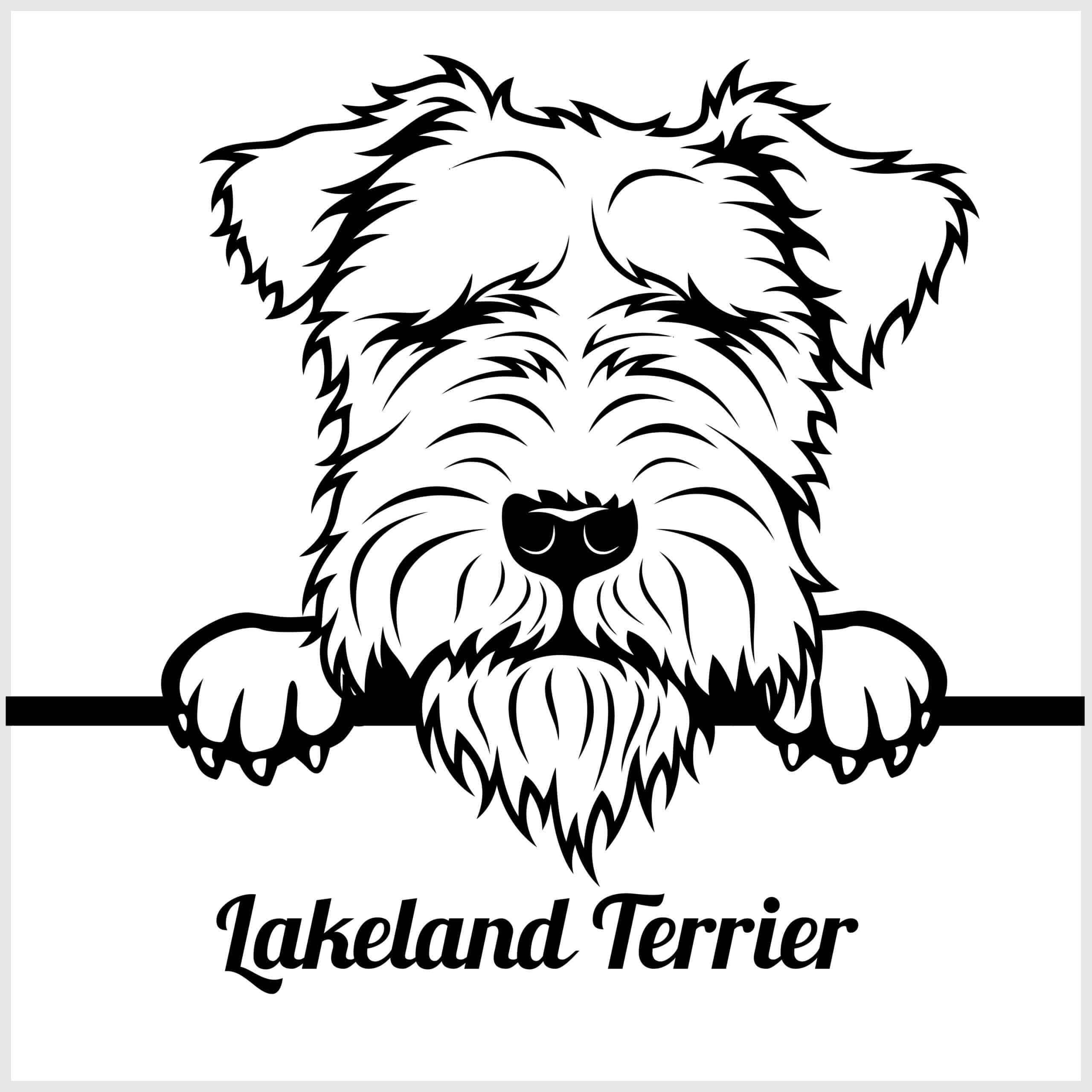
Origin & History
The Lakeland Terrier originally comes from Great Britain. The home of this breed is the county of Cumberland. This county has a large and impressive lake district. It was precisely this lake district that gave the breed its name. The Lakeland Terrier is closely related to the well-known Welsh Terrier and the Airdale Terrier. Laymen are often unable to distinguish between the different terrier breeds. Real connoisseurs, on the other hand, can easily identify the Lakeland Terrier as such.
The Lakeland Terrier was once used as a guardian and protector of livestock and farmyards. The courageous four-legged friends guarded the stables and kept vermin away. They were also fearless in the face of mice and rats. At the same time, the dogs protected the farm from attacks by maggots and foxes. Even today, the Lakeland Terrier is still clearly a hunting dog. He is always on the lookout for a task.
The history of the terrier goes back a long way. It was not until 1928 that they were recognized as pedigree dogs by the Kennel Club. They were finally officially recognized by the FCI in 1954, which also saw the first Lakeland Terriers arrive in Germany. To date, however, it has not been possible to establish the terrier in Germany. Nevertheless, some dog lovers have fallen in love with the lively Lakeland Terrier. They have always bred them and give birth to an average of 40 to 80 puppies a year. The breed is looked after by the Terrier Club.
